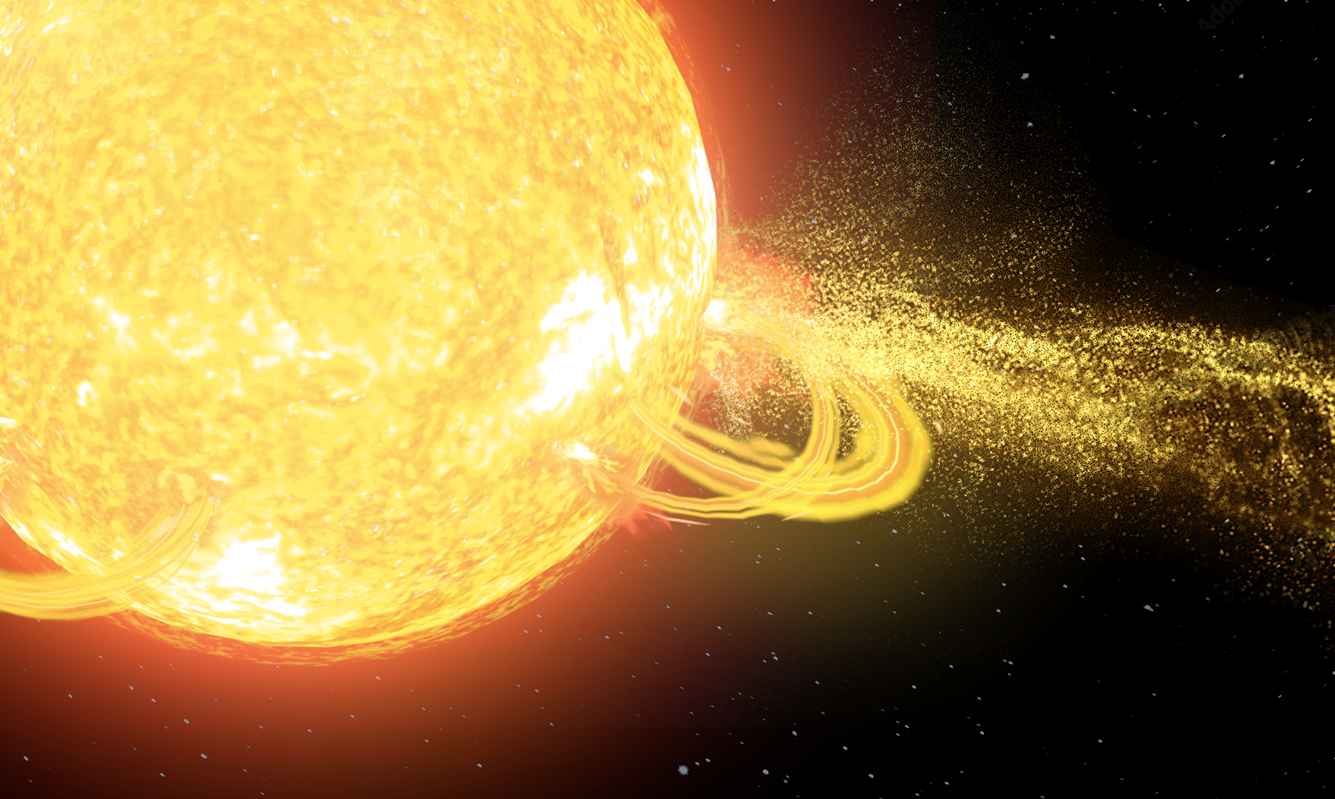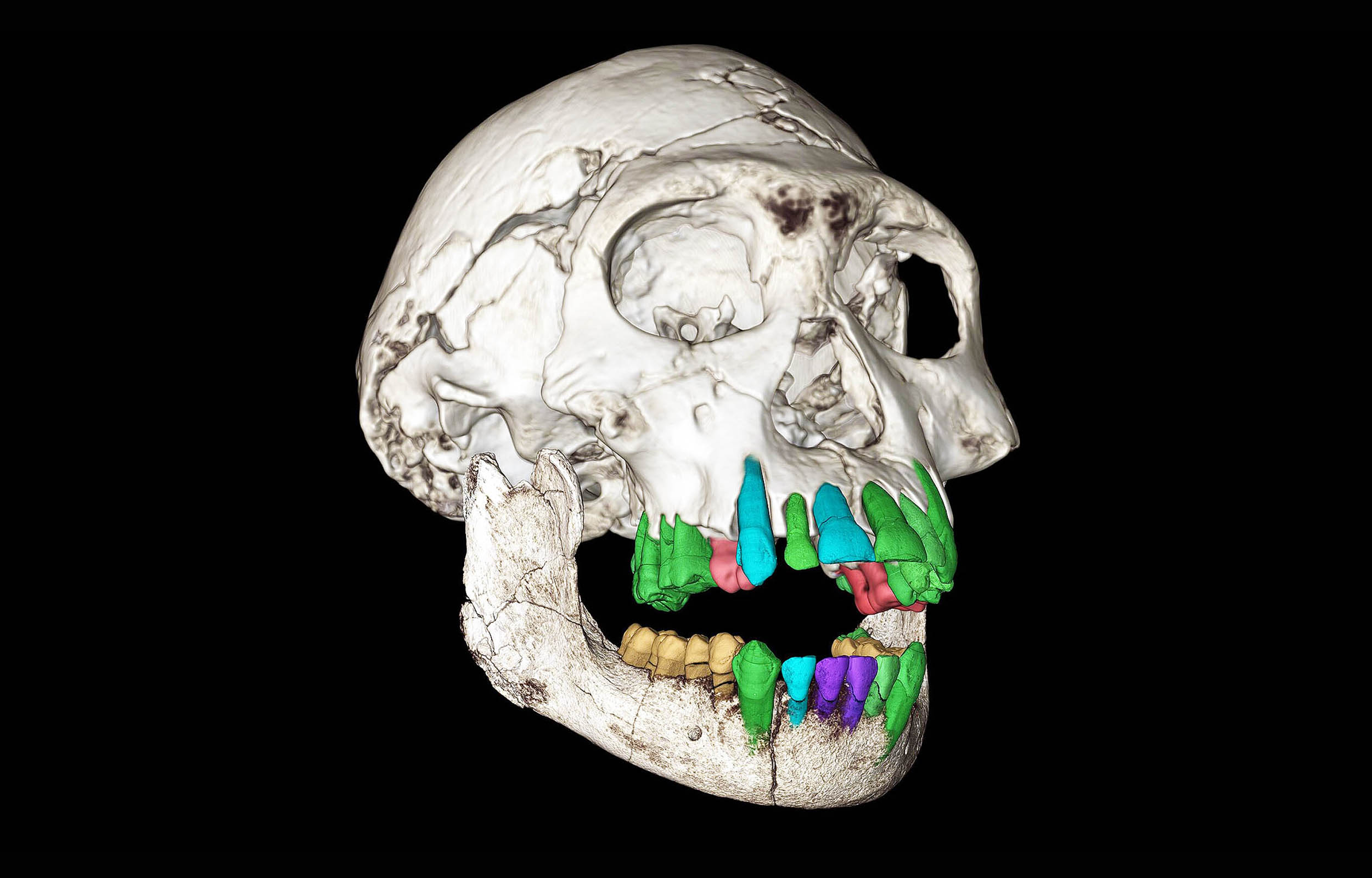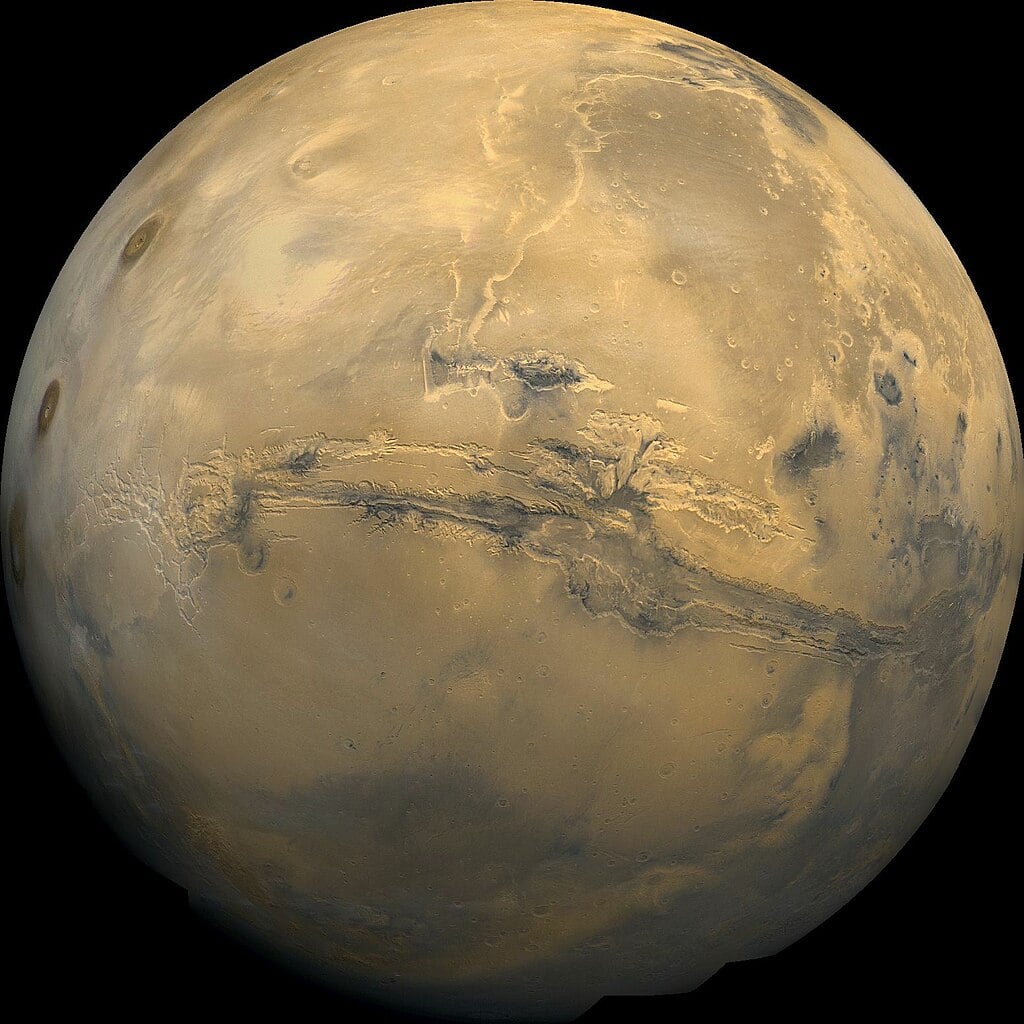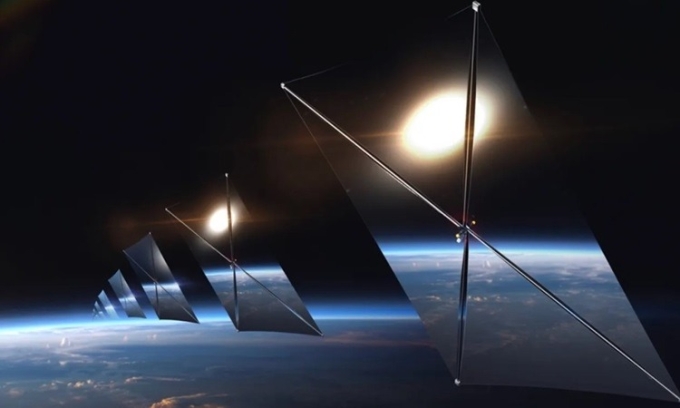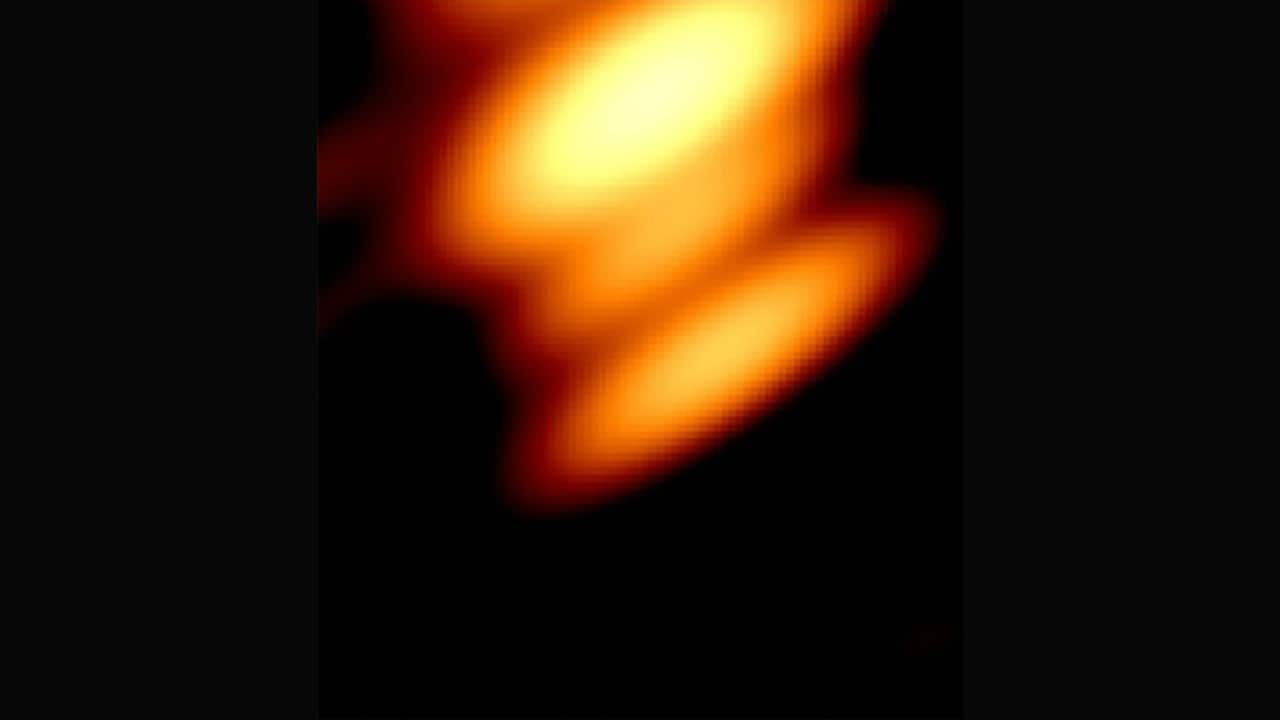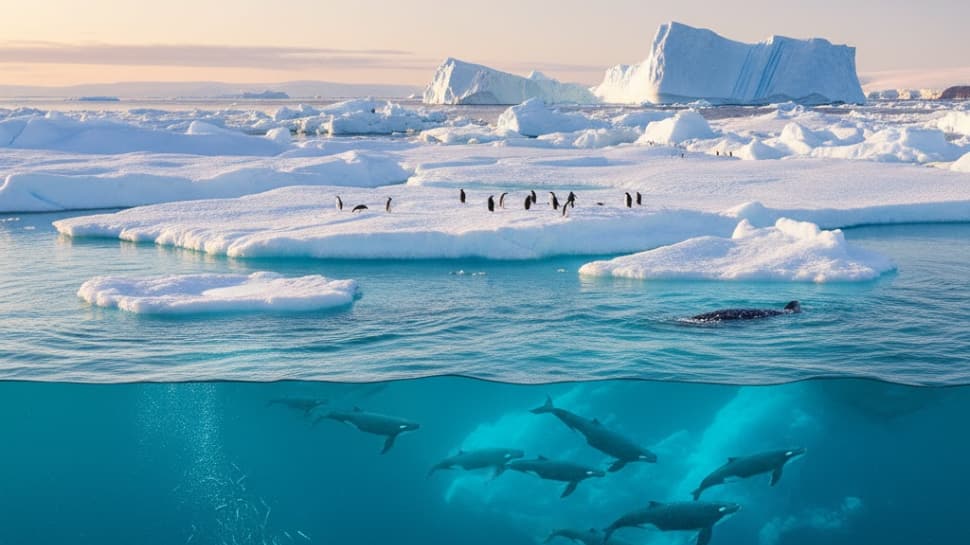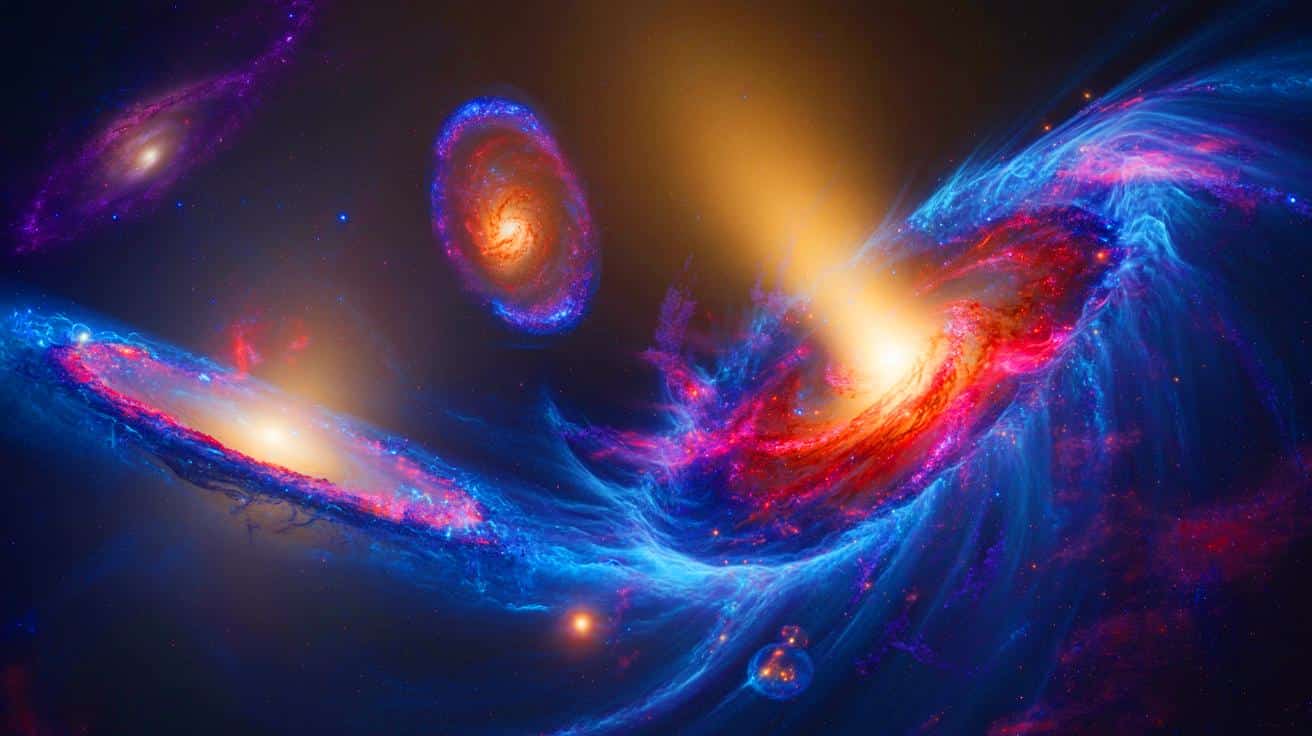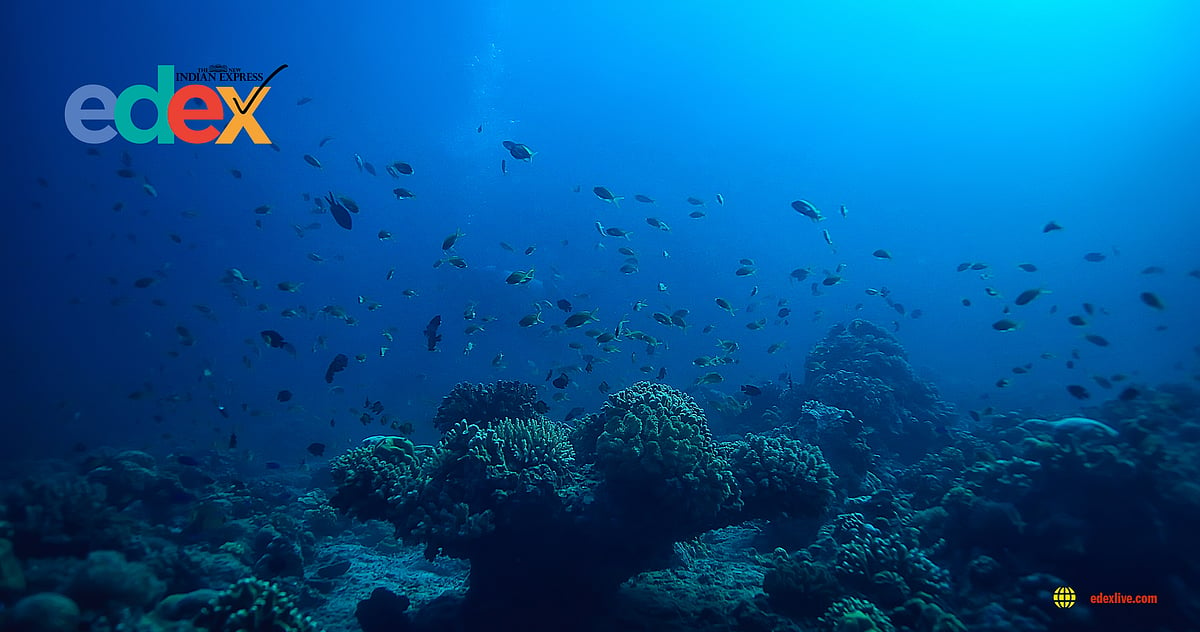NASA's Shocking Launch: Three Satellites to Battle Solar Storms Threatening Astronauts!

Did you know that solar storms can disrupt life on Earth as we know it? Just one eruption from our Sun could scramble GPS systems, black out power grids, and jeopardize astronauts in space!
In a groundbreaking move for space exploration, NASA has recently launched three cutting-edge satellites designed to tackle the mysteries of solar storms. These cosmic phenomena release high-speed particles and radiation that can wreak havoc on our technology and the safety of astronauts venturing into the final frontier. This is no sci-fi movie; this is our reality!
Last month, a SpaceX Falcon 9 rocket thundered off from the Kennedy Space Center, carrying with it the Interstellar Mapping and Acceleration Probe (IMAP), the Carruthers Geocorona Observatory, and NOAA’s SWFO-L1 (Space Weather Follow On-Lagrange 1). While they soared into the skies together, each satellite embarks on its unique mission.
The IMAP is set to be the first to deploy and will explore the outer edges of the heliosphere, providing crucial insights into our solar system's boundaries. Most impressively, it promises to offer a 30-minute warning about solar events—a game-changer for astronauts, particularly with the Artemis missions sending humans back to the Moon after decades.
Meanwhile, the Carruthers Geocorona Observatory will focus on monitoring changes in the exosphere, our planet's outer atmosphere layer. The NOAA’s SWFO-L1 will serve as a pioneering observatory, continuously tracking solar activity and space conditions around Earth—essential for safeguarding our technology and astronauts.
Acting NASA Administrator Sean Duffy stated, “This successful launch advances the space weather readiness of our nation to better protect our satellites, interplanetary missions, and space-faring astronauts from the dangers of space weather throughout the solar system.”
These satellites are headed towards Lagrange point 1 (L1), a strategic lookout located a million miles from Earth. They are expected to arrive by January, and once tested, they'll begin their missions to enhance our understanding of space weather.
Joe Westlake, the NASA Headquarters director of Heliophysics Division, emphasized the importance of these missions, stating, “These three unique missions will help us get to know our Sun and its effects on Earth better than ever before.” This is essential, as solar activity influences everything from our power grids to our GPS systems. With this knowledge, we can build a safer, more resilient world.
As we set our sights on the future with missions to the Moon and Mars, understanding our Sun has never been more crucial. This is an exciting time for exploration and discovery!










